Teach art to your homeschool co-op.
If you want to know how to teach art to your homeschool co-op, this post is for you! Sometimes moms just don’t feel like they can take time from their core programs to plan, prepare and teach art. So it is often desired in a co-op setting. Sometimes we are blessed with those who are gifted in art willing to lead the co-op class. But what do we do when no one comes forward to teach it?
I propose that anyone can teach art to their children or a homeschool co-op. Yes, skill helps. But for art, everyone has to start somewhere. With good lessons and instructions anyone can teach basic art appreciation and skills to elementary students. It’s really not hard to teach art to your homeschool co-op. All you truly need is some interest and a genuine appreciation for art.
Gather resources and write your lesson plan.
As with any class, you must plan and prepare. I always begin by doing research about an artist and gathering good free resources. You can purchase a program of course, which will save a good amount of time in writing your lesson, but it can often be costly in order to be used in a co-op setting. If you plan to use a program for sale, be sure to follow the license agreement for use with co-ops. Normally, you can purchase additional license to use the curriculum with a co-op. But if an option is not available, honor copyright by contacting the company for permission first.
Art supplies can be expensive, so I use any money in my budget solely for supplies and supplement with my own supplies from home. To avoid additional extra cost I plan my own lessons or use free ideas and resources online often adapting them for my class. For this Grant Wood lesson I was inspired by this PDF on Textured Landscapes from Juneau School District as well as this textured landscape example from arteascuola.com. Instead of using oil pastels or felt tip pens I adapted the ideas to be used to introduce watercolor pencils to my class. In order to do so, I had to make sure the children used permanent marker when making their landscape. Otherwise, when we added water, it would have made typical markers run. We also had to use watercolor paper. Be sure to use the right kind of paper for the right materials- it WILL matter.
Planning Checklist
As you prepare your class you will need to:
- Choose an artist.
- Find a good book or biography about them. Inform yourself about the artist’s style, background, study, techniques, and genre.
- Make a list of vocabulary terms. Introduce and use with your students.
- Find a good project. You can use something that imitates the artists famous qualities such as in this Grant Wood example or you can tie one in based on one of their quotes or some other fact about them.
- Make a materials list.
- Test the project. You must always test the project first. Troubleshoot, tweak and simplify the project as needed and make sure it can be completed by children in the time allotted. If you adapt a project be sure it will work with the materials you have; different art mediums and materials work and effect one another differently.
- Choose a skill for practice that can be applied to the project. You can ensure your students are able to do the project by first allowing them practice.
Get Prepared.
Once you have your resources and have decided on a project it is time to make a lesson plan. Start with making a materials list.
For this project example you will need for each student:
- Water Color Paper
- Sharpie Fine Point Markers black
, brown or gray
- Prismacolor Watercolor Pencils
- Fine/small watercolor paint brushes
- Paper to practice patterns on
- A sheet of sample patterns
Preparation is extremely important for my type of classes. I cover so much material. A complete lesson includes a lesson on the artist, his works, a skill and the project itself in just an hour. I come prepared. I always pre-cut and divvy up materials before class starts which saves valuable class time for teaching the project. In most classes, I have about 3-4 students per table. For this lesson, due to cost, each table shares a set of watercolor pencils. I also made sure I had paper for them to practice their patterns on. And though I don’t pass them out till it’s time, I had the markers, watercolor pencils, water cups and brushes already prepared and ready to be passed out on a table nearby. I hold off on passing them out until it’s time because to me having them on the table for my students means go for it!
Plan each section of the lesson. Then you are ready to teach art to your homeschool co-op.
- Introduce an artist-artist study. ( 5 min.)
- Discuss their works- picture study. (10 min.)
- Teach a practice skill- warm up exercise. (15min.)
- Teach while demonstrating- the project. (30 min.)
Artist Study:
Read a short and simple biography about the artist or choose a picture book. The Getting to Know the World’s Greatest Artists (Grant Wood) is a great series but you can find many many great children’s books at your local library. By choosing an artist to focus each class on, your students won’t just be learning about a skill, they will be learning about art history and development too. I think it’s best to add art history to the mix, especially for homeschoolers, because where you may lack in art expertise you can make up for with great information. If your class is all year, consider a timeline. Place the artist you are studying each session on the timeline.
Think about how to highlight, introduce or emphasize the art movement or time period of the artist. Grant Wood was part of the growth of art known as Regionalism which was popular in the 1930’s. Naturally as I teach I would use and explain the vocabulary I selected for this lesson.
Vocabulary List: Regionalism, landscape, portrait, patterns, perspective, overlapping, modernism (which Regionalism was in stark contrast to) etc.
Picture Study:
Be sure to take some time to look at some art pieces from the artist you are studying. Ask questions to your students about the works. For Grant Wood I point out patterns in his art, specifically in his landscapes. But I also point out the many shapes repeated in his famous American Gothic. Lines in the house and shed, the pattern of her dress repeated in the curtain, the shape of the pitch fork repeated in the bib overalls and the face shapes, etc.
If you are having trouble coming up with questions for art picture study, Barb @ Harmony Fine Arts has these wonderful FREE Art Question Cards!
 Warm Up Exercise:
Warm Up Exercise:
With most lessons I want kids to try a skill used in the project before asking them to apply it. For this lesson I gave them grids and asked them to make several patterns. It was very fun to see what they came up with! I led them through a few that would be specifically applicable for making our patterned landscapes.
The Project:
Now it’s time to demonstrate step by step to the children the project. For Grant Wood, we made patterned landscapes with water color pencil. On watercolor paper I demonstrated these steps:
- Divide your paper into three horizontal lines- not straight and not all similar. The top one will be your horizon. Then add a few more lines to divide these.
- Add different patterns to each segment but leave one completely blank. This will be your crops in the rolling hills. I use sloppy x’s to make my rows of corn. Dots, lines, and grids are all great patterns.
- Add clouds, trees and bushes if desired repeating their shapes.
- Now add color using the watercolor pencils one item at a time. We started at the top. For the clouds I outlined them in blue and then colored the sky blue. You must leave the clouds white.
- Next we outlined the trees and then the bushes and colored them in.
- Then we added color to each segment of the fields alternating color.
- Lastly, we used water on our brushes to bring the watercolor pencil’s magic to life. This was the fun part. The children really enjoyed seeing the project take on new form. It offers an alternative with more control of the color than typical watercolor painting. It was a big success!
Additional Grant Wood Resources for Teaching
- A great biography for Grant Wood from Art Smarts 4 Kids
- Another Simple Grant Wood Biography
- Barb @ Harmony Fine Arts has these wonderful FREE Art Question Cards!
- American Gothic Color Page from About.com
- Fabulous Textured Grant Wood Landscape Collage from Splats, Scraps and Glue Blobs
- Felt Pen Textured Landscapes
You don’t have to be an expert artist to teach art for your homeschool co-op. All you really need is an interest and love for art because ultimately that’s what you want to pass on to your students. The teaching part can be learned and developed as you go.
Visit How I Teach for more great homeschool teaching tips!
[ Return to Lesson by Artist Index ]








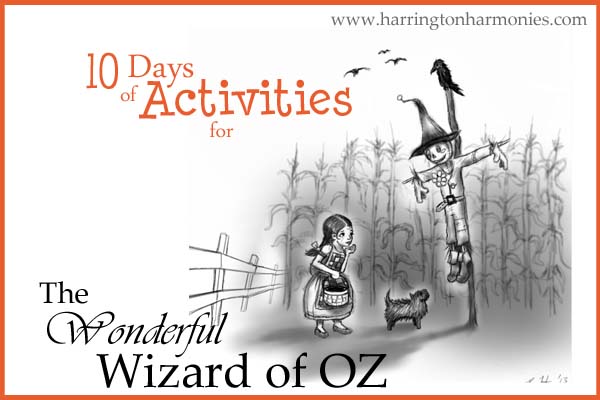
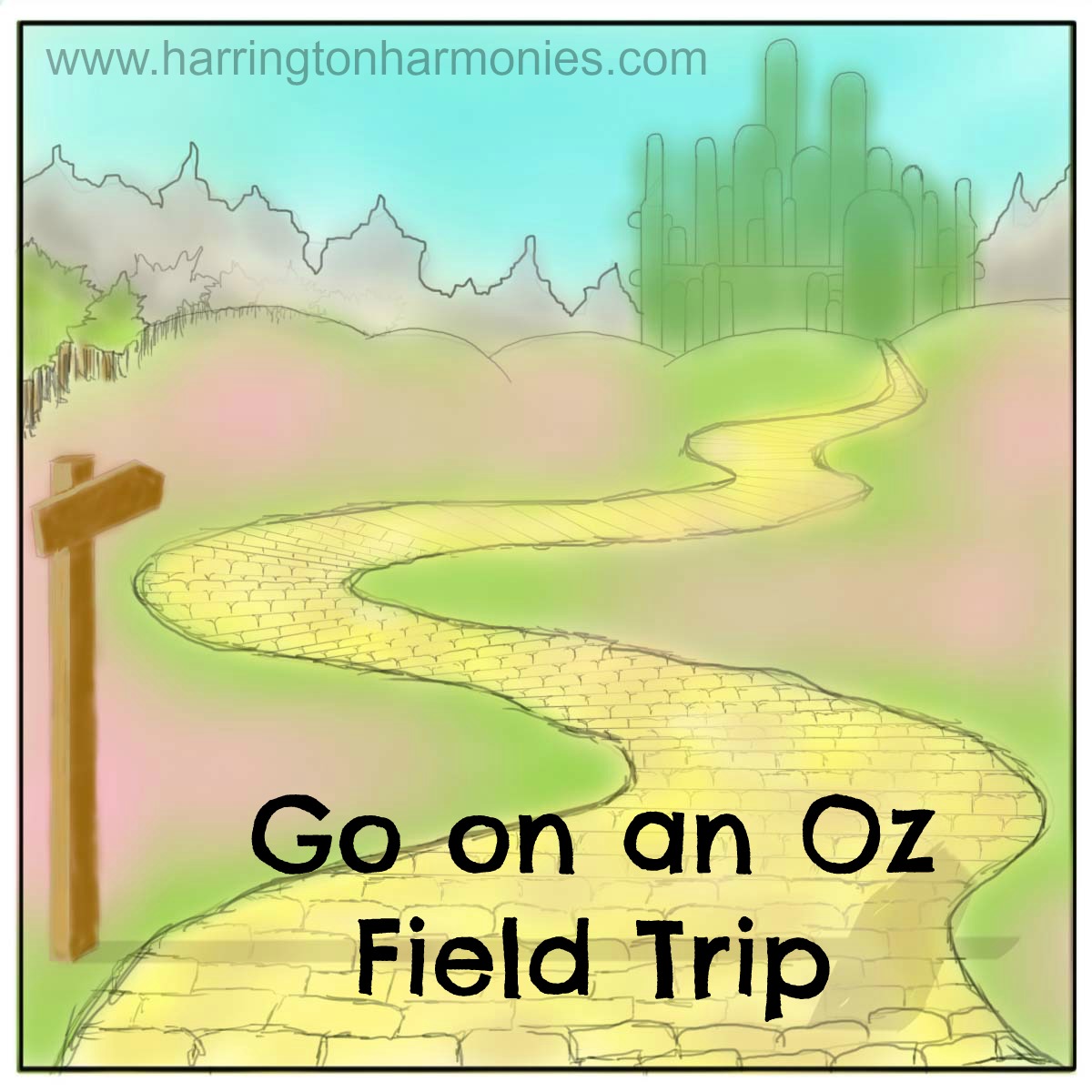


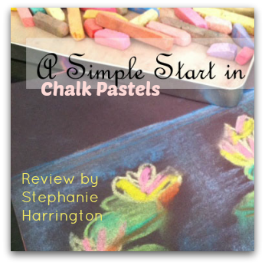

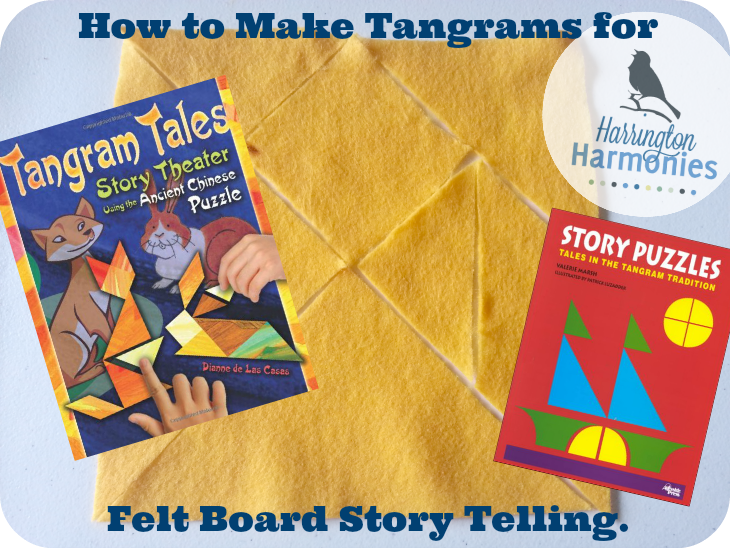





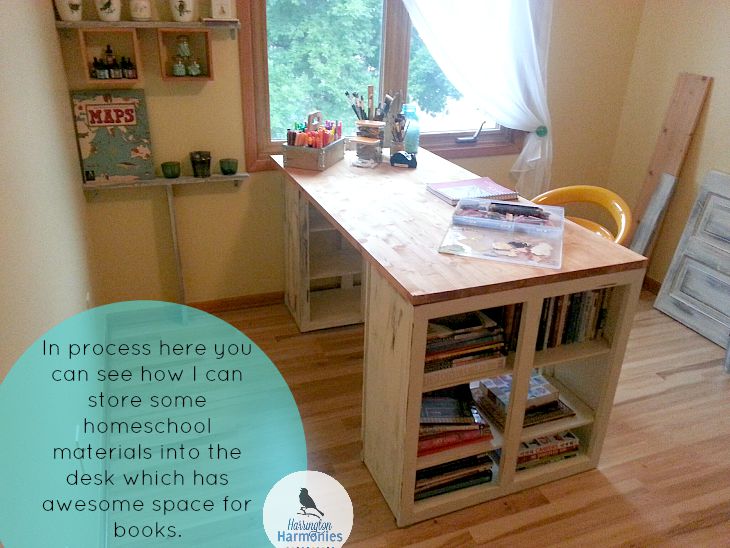






12 Comments
Tara Lewis
Thank you SO much for this lesson! I’m from Iowa but living near DC and am volunteer teaching Art at our K-8 cooperative school! This lesson prep has been such a treat!!
Stephanie
Wonderful! It really makes me happy to know I am helping. You are welcome:)
Stacy Butler
Hello!
I would like to offer an art class to our homeschool group for middle schoolers. I see the line of books Getting to Know the World’s Greatest Artists and wonder if you have other favorites from that series. How would you recommend I find projects to complement each artist.
Thank you for your time.
Stacy
Stephanie
Glad you asked! I have projects here on this blog for several different artists and am working toward getting them written up into complete lesson plans and for sale. I hope that you will consider subscribing and then whenever a new one is posted you’ll be sure to see them. At the bottom of this and every artist lesson post is also the link to take you back to the artist lessons. You can also get to it from my menu under art lessons>by artist.
Stacy
Can you believe I never saw that you replied to my comment, and here I am a year-plus later researching the same thing and your blog is one of the first in my searches? Did you ever generate lesson plans to sell?
Stephanie
Sorry Stacy, No I have not yet gotten them up for sale. After a family emergency this fall, most of my writing has temporarily come to a halt. I wish I had the time right now to generate the lesson plans but for now the blog posts will have to do. You can see the lesson plans I have up on the blog here: http://harringtonharmonies.com/art-lessons-by-artist Most don’t have a printable art lesson but some of them do! Let me know if you have any questions or if I can be of further help!
Stacy
I’m sorry to hear of your family emergency.
I look forward to buying your book someday and will be using the ones you’ve started so far. 🙂
Blessings!
Renee Brown
Great Descriptive Post Stephanie! Love it!
Debi @ DebiStangeland.com
This is super helpful. I’m pinning it to use in the future. Thank you!!
Stephanie
Thanks for pinning and I am glad it will be a good resource for you Debi!
Karyn
This is a wonderful post! I love your description of the art project.
Stephanie
Thank you!